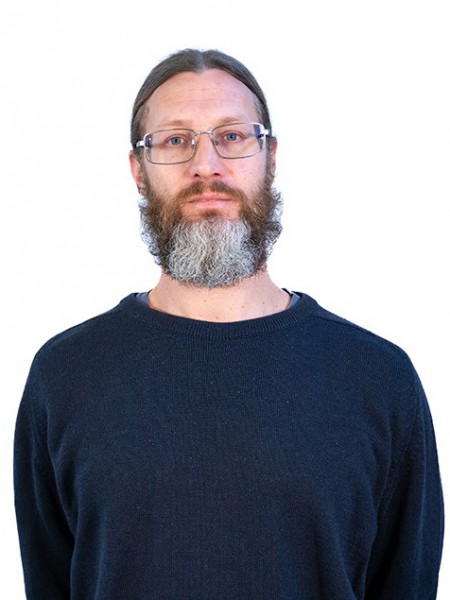resumo
Citrus are economically important fruit crops to which infectious diseases like citrus canker caused by Xanthomonas citri subs. citri, citrus variegated chlorosis caused by Xylella fastidiosa, huanglongbing associated with the presence of Candidatusliberibacter species, anthracnose caused by Colletotrichum gloeosporioides and citrus black spot caused by Phyllosticta citricarpa, impose significant losses. Control measures involve chemical treatment of orchards but often, eradication of infected plants is unavoidable. To circumvent the environmental impacts of pesticides and the socio-economic impacts of eradication, innovative antimicrobial approaches like photodynamic inactivation are being tested. There is evidence of the susceptibility of Xanthomonas citri subs. citri and C. gloeosporioides to photodynamic damage. However, the realistic assessment of perspectives for widespread application of photodynamic inactivation in the control of citrus diseases, necessarily implies that other microorganisms are also considered. This review intends to provide a critical summary of the current state of research on photodynamic inactivation of citrus pathogens and to identify some of the current limitations to the widespread use of photodynamic treatments in citrus crops.
palavras-chave
CANDIDATUS LIBERIBACTER ASIATICUS; COLLETOTRICHUM-GLOEOSPORIOIDES; IN-VITRO; CAUSAL AGENT; ALTERNARIA-ALTERNATA; SINGLET OXYGEN; BROWN SPOT; INACTIVATION; RESISTANCE; ACUTATUM
categoria
Biotechnology & Applied Microbiology
autores
Ferreira, JRM; Sierra-Garcia, IN; Guieu, S; Silva, AMS; da Silva, RN; Cunha, A
nossos autores
agradecimentos
This work was supported by project Rhizomis (PTDC/BIAMIC/29736/2017) financed by Fundacao para a Ciencia e Tecnologia (FCT) through the Regional Operational Program of the Center (02/SAICT/2017) with FEDER funds (European Regional Development Fund, FNR and OE), and by the Research Units CESAM (UIDP/50017/2020 + UIDB/50017/2020), QOPNA (FCT UID/QUI/00062/2019), LAQV-REQUIMTE (UIDB/50006/2020), CICECO (UIDB/50011/2020 and UIDP/50011/2020) and iBiMED (UID/BIM/04501/2013). RNS acknowledges the support of project pAGE: (CENTRO-01-0145-FEDER-000003).


